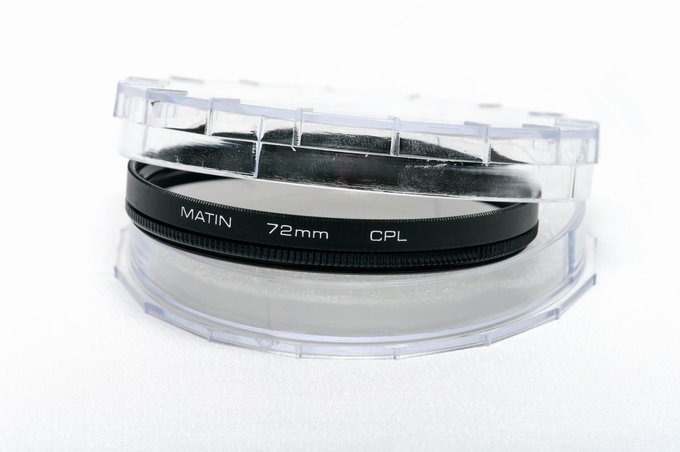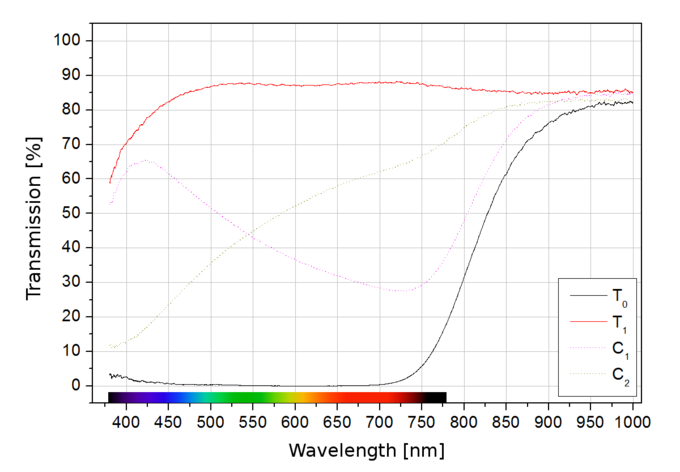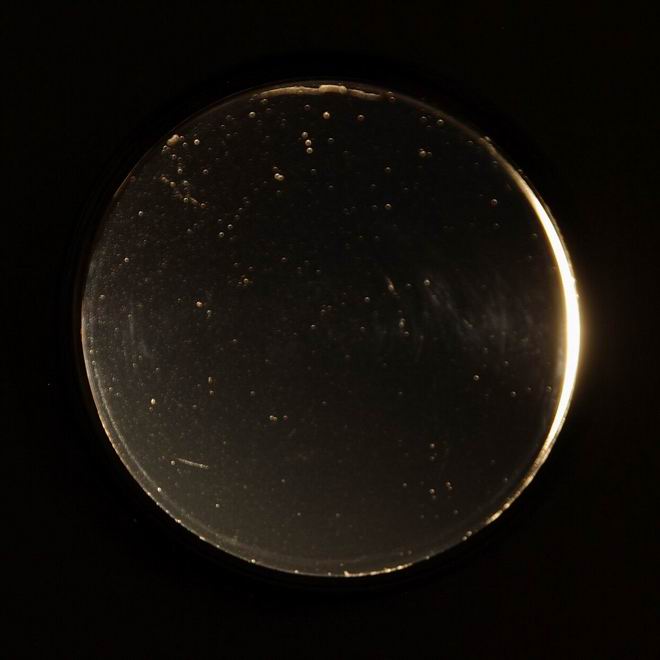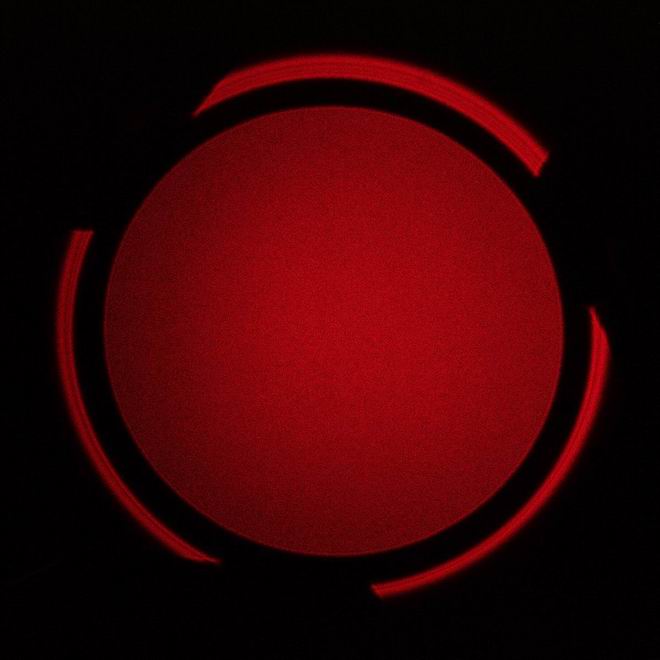Polarizing filters test 2015
20. Matin CPL
 |
The Matin company was created in the eighties in Korea; they own plants in Japan and on Taiwan. They have been present on the Polish market for a relatively short time but they offer a lot of photographic accessories. Let’s check how their CPL filter performs.
Please Support UsIf you enjoy our reviews and articles, and you want us to continue our work please, support our website by donating through PayPal. The funds are going to be used for paying our editorial team, renting servers, and equipping our testing studio; only that way we will be able to continue providing you interesting content for free. |
- - - - - - - - - - - - - - - - - - - - - - - - - - - - - - - - - - - - - - - - - - - - - - - -
Results of the test
Final score: 21.1 / 37.5 pts (56.2%)
- Overall ranking: 17th place
- Econo-ranking: 20th place
Design, usage and summary
Like in the case of the Hama filter first we had to assemble this one. It earned one minus for not being tightened enough and one plus for a screwed-on ring, even though it is plastic. In a classic box with a tendency for being too loose there is some foam which makes the surface of the filter dirty. It would be good to remove it at once and substitute with something else. The surface is easy to clean and there are no coatings. The profile of the ring is very high. The producer didn’t grease working parts – the resistance is slight, the movements a bit uneven and the whirr very distinct. The thread is very short – if the lens has an internal screw thread there might be a problem with attaching the filter.The spectrum characteristics are very even up to blue colour where they decrease very sharply. The extinction coefficient is enough for green but poor everywhere else. The filter stops working in infrared very quickly, becoming translucent.










